Visual article by Gerlinde Schuller
2 September 2022 . 4 min.
Ellis Island was a historic facility in
New York, US, that served as an immigration station from 1892 to 1954. About 12 million immigrants would pass through Ellis Island during the time of its operation. 2% were excluded from entering the US.
It is estimated that nearly 40% of all US citizens today can trace at least one of their ancestors back to Ellis Island.

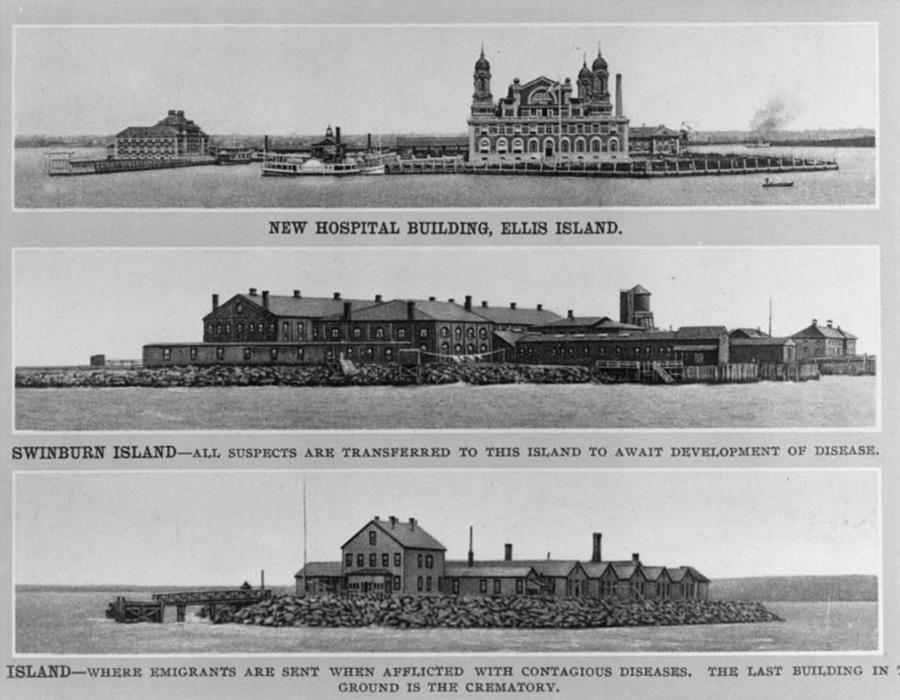
Immigrants who could afford to travel as first- or second-class passengers are spared inspection at arrival. Unless they exhibit some medical problem or a legal complication arose, they proceed through customs at the arrival piers and are allowed to enter the country without impediments.
Third-class or steerage passengers, however, are ferried to Ellis Island where they are subjected to inspections conducted by the Public Health Service and the Bureau of Immigration.
Many ethnic minorities, including Roma and Germans, arrive from Eastern Europe, escaping economic oppression and racial discrimination.
As a clerk at Ellis Island from 1892-1925, Augustus Sherman was in a unique position to document countless immigrants as they attempted to gain entrance into the United States. The photos were not taken for official purposes. Sherman was simply fascinated by the people he was meeting on a daily basis.

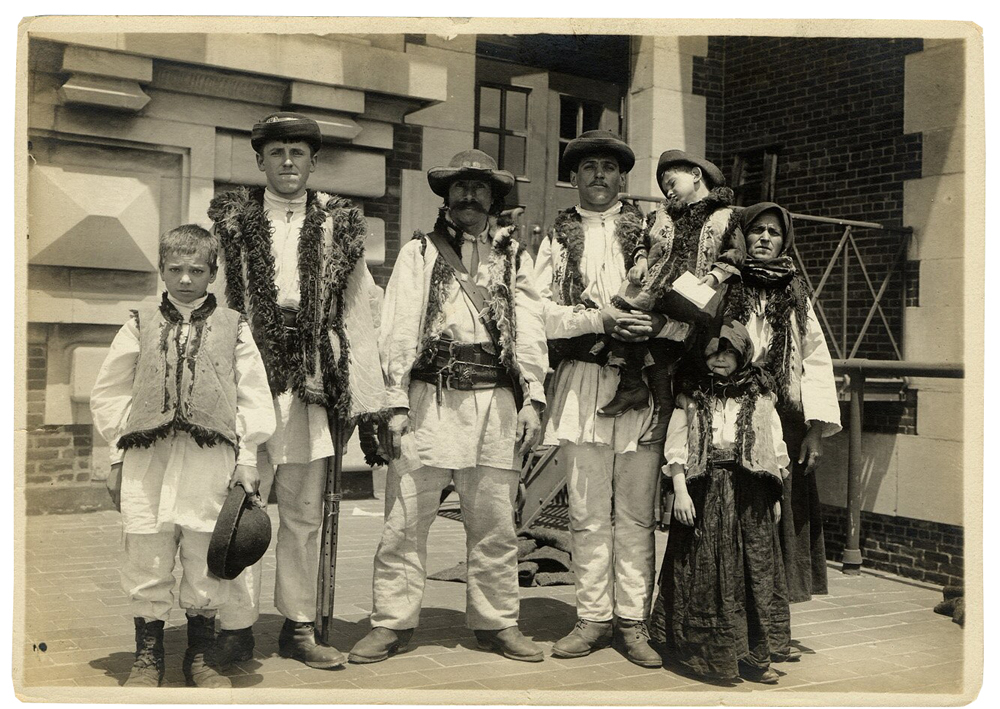
ca. 1910
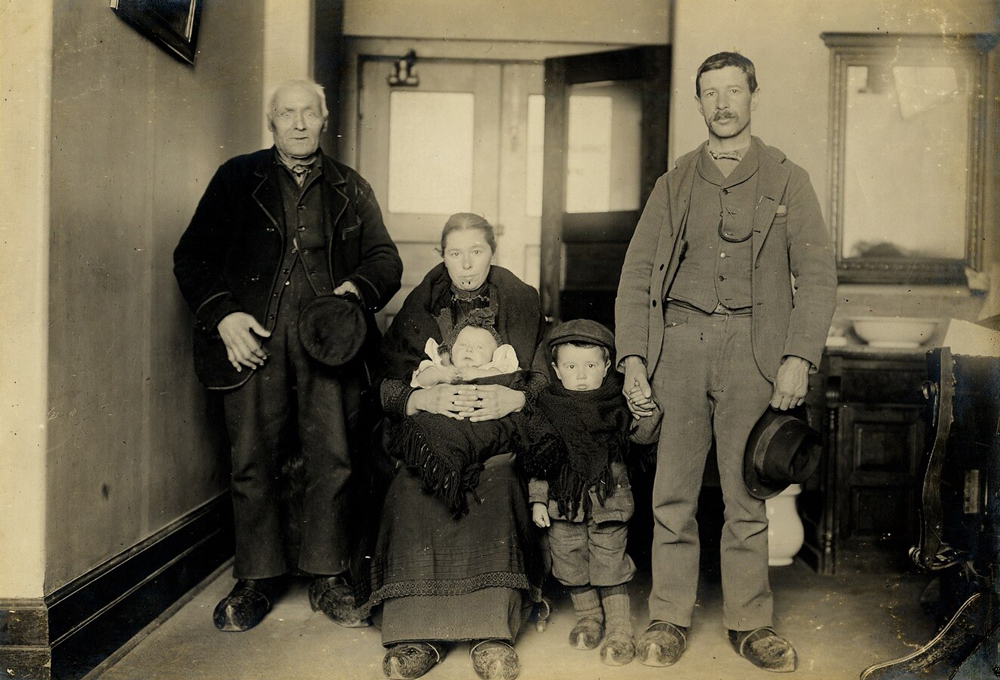
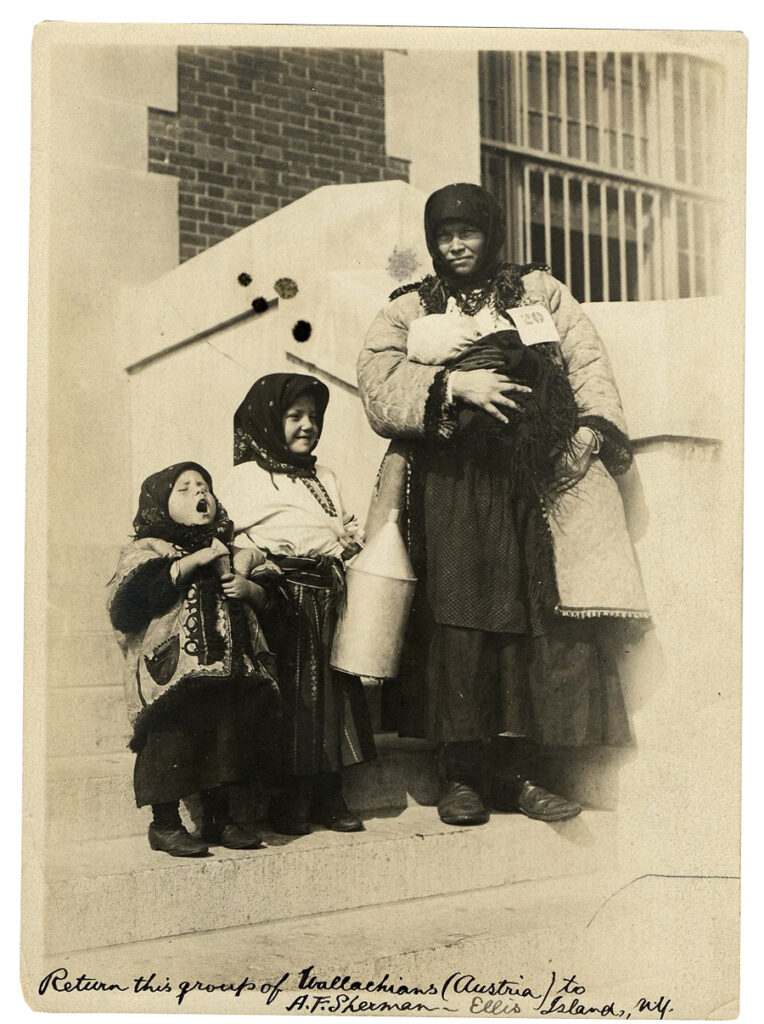
from Wallachia, Romania, then Austro-Hungarian Empire
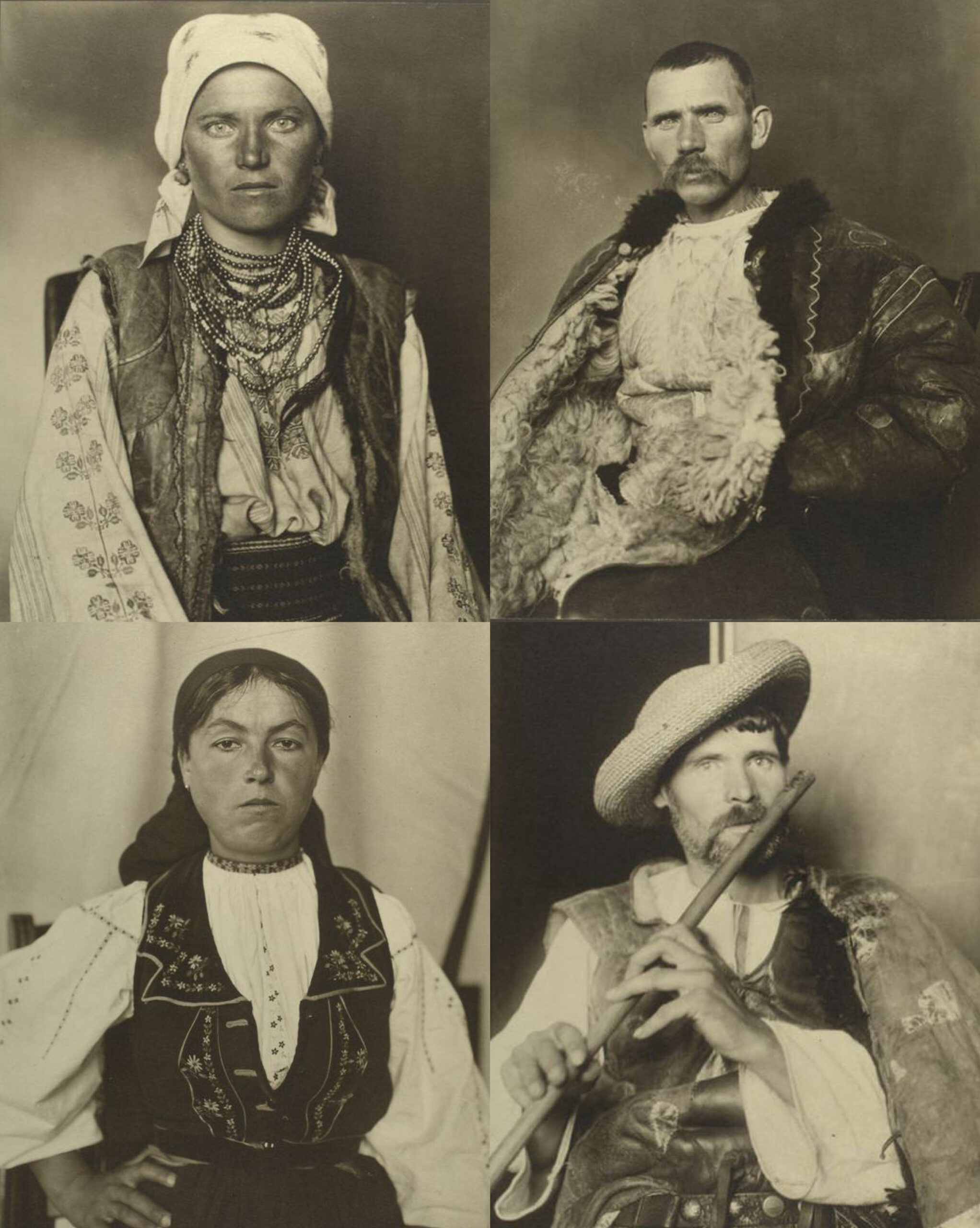
ca. 1906
The doctors at Ellis Island developed a medical and spacial system for screening immigrants.
Sick immigrants should be quickly identified by means of a medical inspection. The first test on arrival was a ‘six-second physical’.
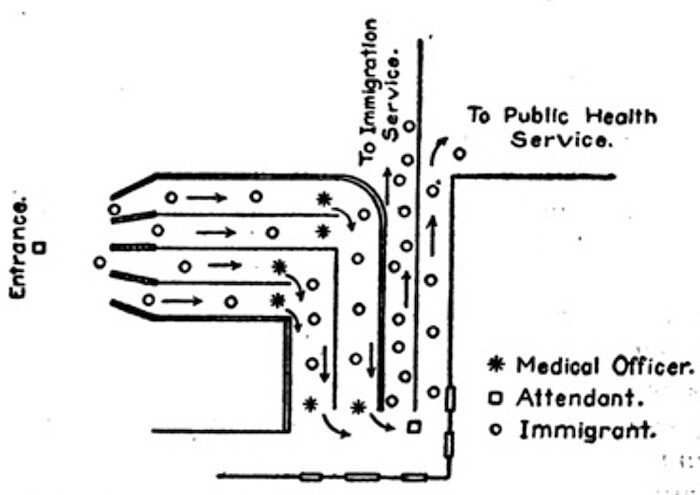
for medical inspection, 1917
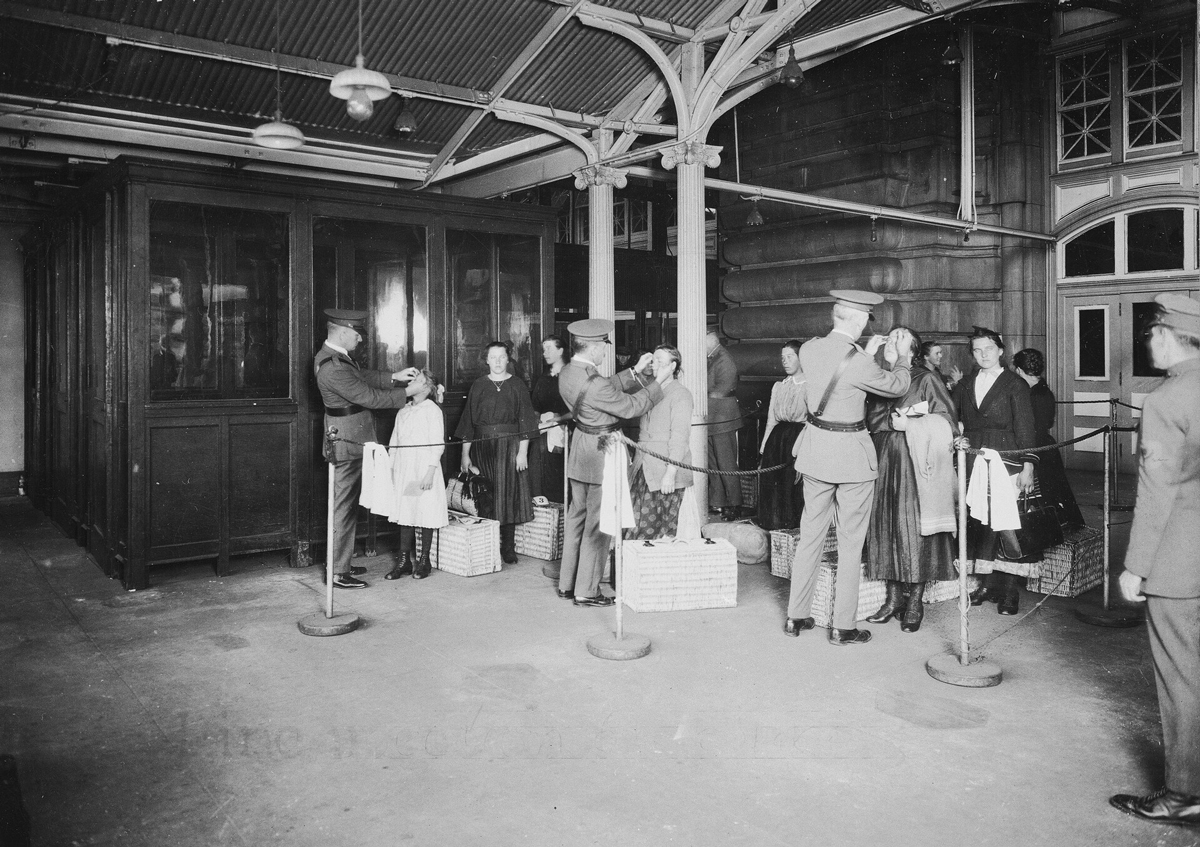
including trachoma examinations, ca. 1923

on arrival at Ellis Island, 1911
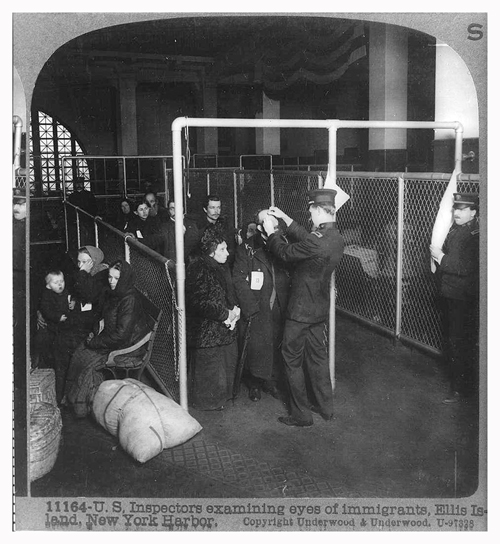

Jewish men, ca. 1907
The medical officers marked any sign of a disease by a piece of chalk on the immigrant’s clothes. An X stood for insanity.
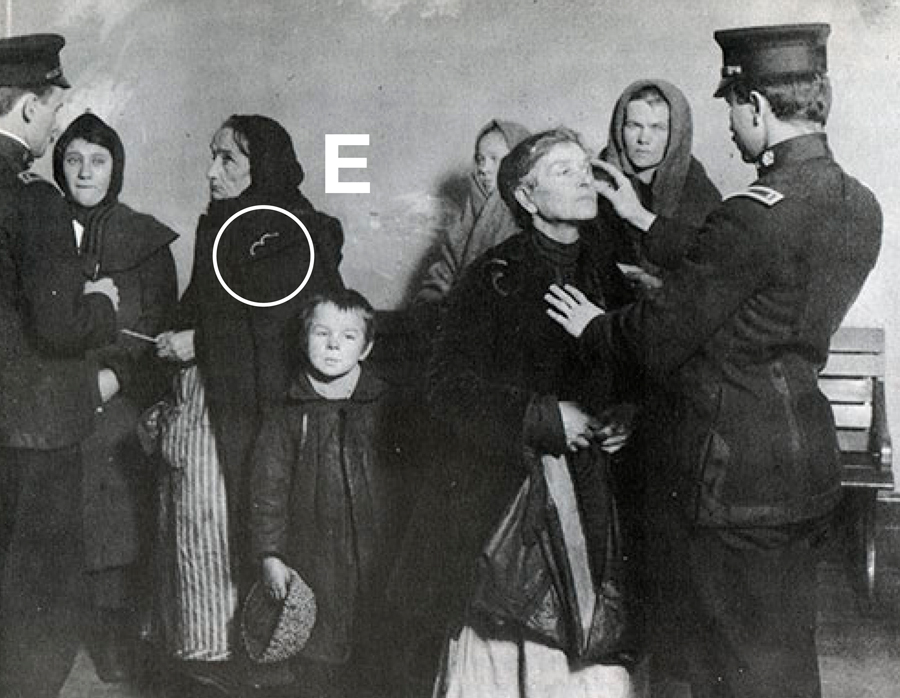
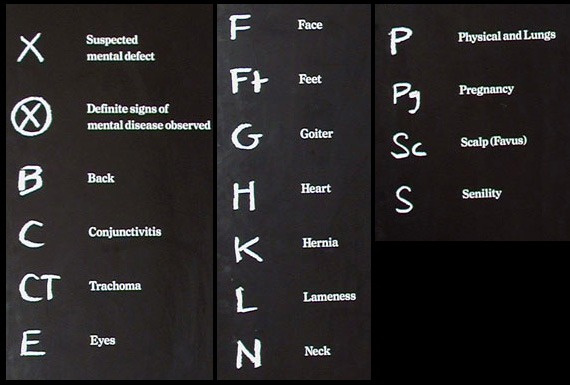
on the immigrants’ clothes
Following the belief that diseases were linked to the origin of the immigrants, they were segregated by nationality.
Marked immigrants were quarantined. Immigrants who were definitively rejected had to leave at their own expense with the steamship company that brought them.
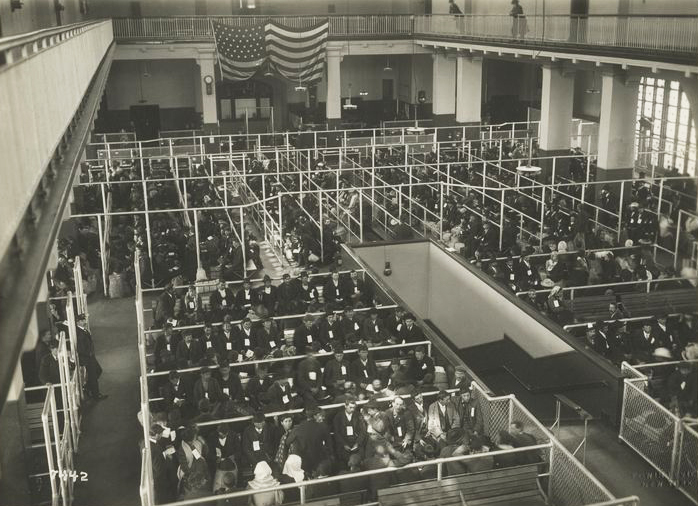
Immigrants were segregated by nationality
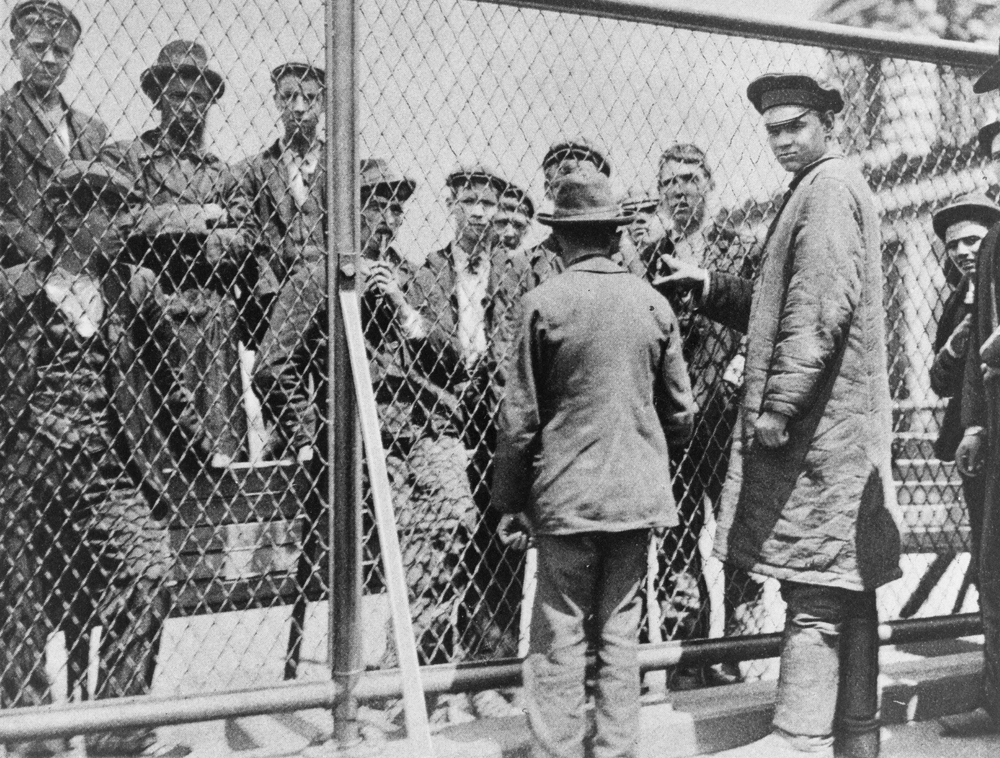

1902/ca. 1930

from a Coast Guard cutter taking them from Ellis Island to Hoboken for deportation.
Famous immigrants who arrived at Ellis Island were the German Romanian actor Johnny Weissmuller and the Jewish Romanian actor Edward G. Robinson.
Johnny Weissmuller was a Banat Swabian and born Johann Peter Weißmüller in Freidorf, today Timișoara. Edward G. Robinson was born into a Jewish family in Bucharest.
Both emigrated to the USA as children. Robinson arrived in Ellis Island in 1903 and Weissmuller in 1905.


and Edward G. Robinson, 1948
Read also my article Not my real name about Johnny Weissmuller, alias Tarzan.
Follow my visual research on Instagram.
Share:
